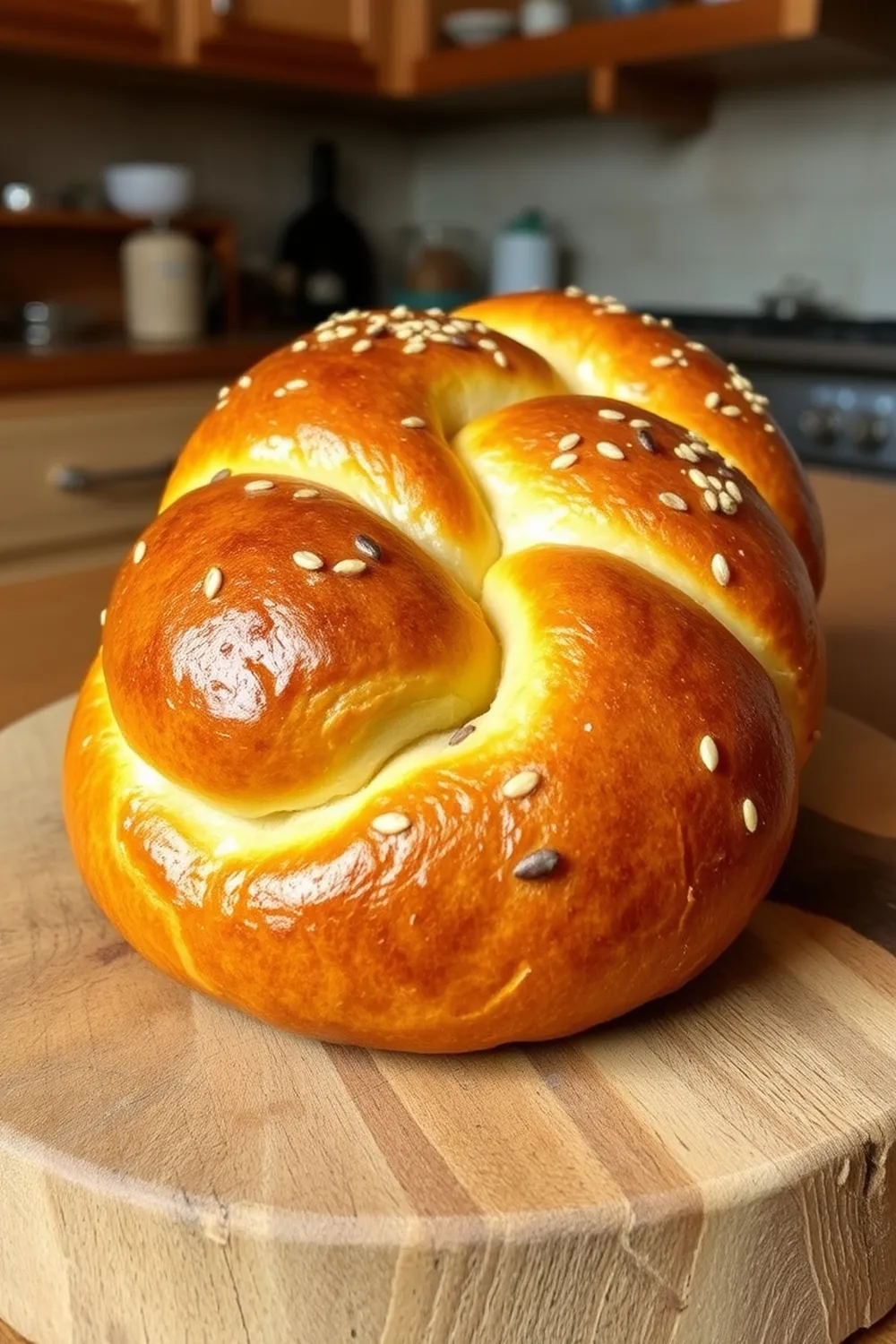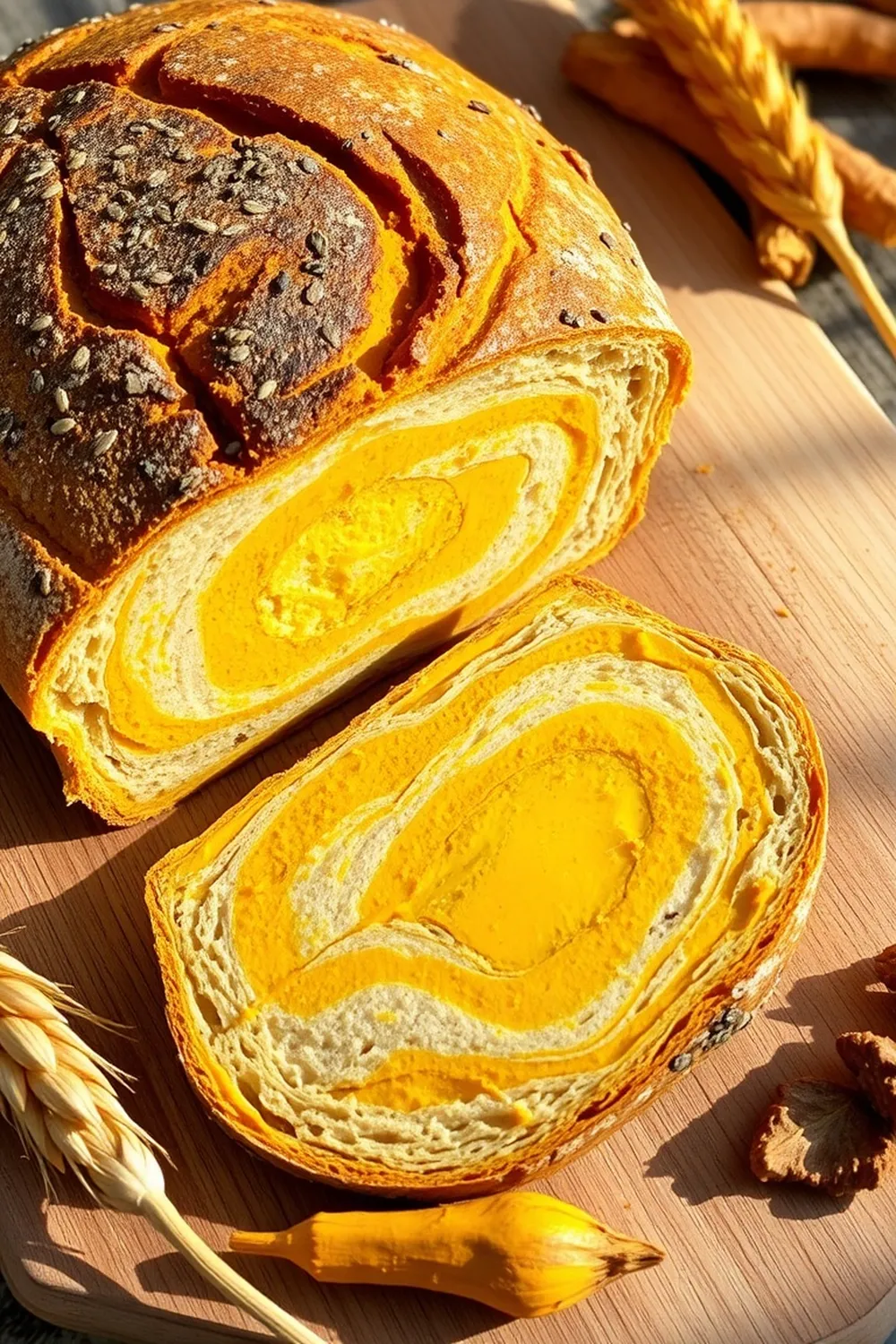- Sift flour into a mixing bowl and stir in melted butter.
- Gradually pour hot (not boiling) water into the flour mixture, mixing with a fork until a shaggy dough forms.
- Knead dough for 5-7 minutes until smooth and elastic. Add a little water if dough feels dry, not butter.
- Heat a non-stick skillet or tawa over medium-high heat.
- Divide dough into 8 equal balls, then flatten each with your palm.
- Roll each portion into a 15-20cm circle on a floured surface, dusting as needed to prevent sticking.
- Cook roti on skillet until bubbles form (about 30-60 seconds), flip and cook the other side.
- Brush both sides with butter, flipping 2-3 times total for golden spots.
- Store cooked rotis in a lidded container lined with paper towels to maintain softness.
- Calories:164 kcal25%
- Energy:686 kJ22%
- Protein:3 g28%
- Carbohydrates:24 mg40%
- Sugar:mg8%
- Salt:1 g25%
- Fat:5.5 g20%
Last Updated on 2 months by Neha Deshmukh
Easy Wheat Roti Recipe – Butter Soft Indian Flatbread
Hey everyone! If you’ve ever craved that warm, comforting taste of freshly made roti, you’re in the right place. I remember the first time I really tried to make roti – it was a bit of a disaster! But trust me, with a little practice and this recipe, you’ll be whipping up soft, buttery rotis in no time. It’s honestly one of the most satisfying things to make from scratch.
Why You’ll Love This Recipe
This recipe is all about simplicity and achieving that perfect, melt-in-your-mouth texture. We’re using a little trick with the flour that makes all the difference. It’s a fantastic everyday recipe, perfect for a quick weeknight dinner alongside your favourite curry. Plus, the aroma of warm roti filling your kitchen is just… heavenly!
Ingredients
Here’s what you’ll need to make 8 delicious rotis:
- 2 cup cake wheat flour (approx. 240g)
- 4 tbsp melted butter (approx. 60g)
- 1 cup boiling water (240ml)
- Pinch of salt
Ingredient Notes
Let’s talk ingredients! Using the right kind of flour is key.
Cake Wheat Flour: This is where the magic happens! Cake wheat flour, also known as maida, has a finer texture than regular atta. This results in incredibly soft rotis. Don’t worry, it’s still wheat, just a different grind.
Atta Types: In India, there are so many different types of atta depending on the region. Some people prefer whole wheat atta for a more rustic flavour, while others swear by a mix. Feel free to experiment!
Butter: I love using butter for that rich flavour, but you can absolutely use ghee (clarified butter) for a more traditional taste. Ghee also adds a lovely aroma. If you’re looking for a vegan option, just swap it out for an equal amount of oil – coconut oil works beautifully!
Step-By-Step Instructions
Alright, let’s get cooking!
- First, sift the cake wheat flour into a mixing bowl. This helps to aerate it and prevent lumps. Then, stir in the melted butter until it’s evenly distributed.
- Now, carefully pour in the boiling water. Don’t add it all at once! Gradually pour it in while mixing with a fork. It will seem a bit shaggy at first, but that’s okay.
- Once it’s cool enough to handle, knead the dough for 2-3 minutes. You want a smooth and elastic dough. If it feels a little dry, add a tiny bit more melted butter – just a teaspoon at a time.
- Heat a non-stick skillet or tawa (flat griddle) over medium heat. This is important – you don’t want it too hot, or the roti will burn before it cooks through.
- Divide the dough into 8 equal balls. Flatten each ball slightly with your palm.
- On a lightly floured surface, roll each portion into a 20cm (8 inch) circle. Dust with flour as needed to prevent sticking. Don’t stress about making them perfect circles – rustic is charming!
- Carefully place the roti on the hot skillet. Cook for about 20 seconds, until small bubbles start to form.
- Flip the roti and cook the other side. Now, here’s the trick for extra softness: brush both sides with butter. Flip it a couple more times (about 3 flips total) until you get those beautiful golden spots.
- Remove from the skillet and place in a lidded container lined with paper towels. This keeps them soft and prevents them from drying out.
Expert Tips
- Warm Water is Key: Using boiling water helps to create a softer dough.
- Don’t Overknead: Overkneading can make the roti tough.
- Medium Heat: Keep the heat at medium to ensure the roti cooks evenly.
- Butter is Your Friend: Don’t skimp on the butter! It adds flavour and softness.
Variations
Want to switch things up? Here are a few ideas:
- Vegan: Simply substitute the butter with an equal amount of oil. My friend, Priya, swears by using mustard oil for a lovely flavour.
- Gluten-Free: You can try a gluten-free flour blend, but the texture will be different. A mix of rice flour, tapioca starch, and potato starch can work well.
- Spice Level: My family loves a little kick! Add finely chopped green chilies to the dough for a spicy roti.
- Festival Adaptations: During festivals, we often serve roti with special curries like chole (chickpea curry) or paneer butter masala.
Serving Suggestions
Roti is incredibly versatile! It’s perfect with:
- Dal (lentil soup)
- Vegetable curries
- Meat curries
- Yogurt
- Pickles
Honestly, it goes with just about anything!
Storage Instructions
Leftover rotis can be stored in an airtight container lined with paper towels at room temperature for up to 2 days. To reheat, simply warm them on a tawa or in a microwave.
FAQs
1. What type of flour is best for soft rotis?
Cake wheat flour (maida) is fantastic for super soft rotis. However, you can also use whole wheat atta or a blend of both.
2. Can I make the dough ahead of time? How should I store it?
Yes, you can! Just knead the dough, lightly oil it, and store it in an airtight container in the refrigerator for up to 2 days. Bring it to room temperature before rolling.
3. My rotis are tough, what am I doing wrong?
Most likely, you’ve overkneaded the dough or used too much flour when rolling. Also, make sure your skillet isn’t too hot.
4. What is the best way to keep rotis soft for longer?
Storing them in a lidded container lined with paper towels is the key! The paper towels absorb excess moisture.
5. Can I use a rolling pin substitute if I don’t have one?
Absolutely! You can use a smooth glass bottle or even a sturdy can. Just make sure it’s clean and smooth.
Enjoy making these delicious, butter-soft rotis! I hope this recipe becomes a staple in your kitchen, just like it is in mine. Happy cooking!










